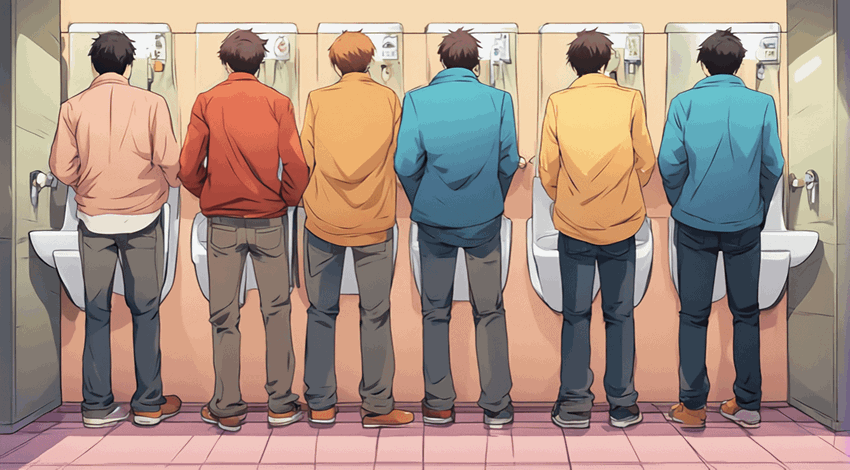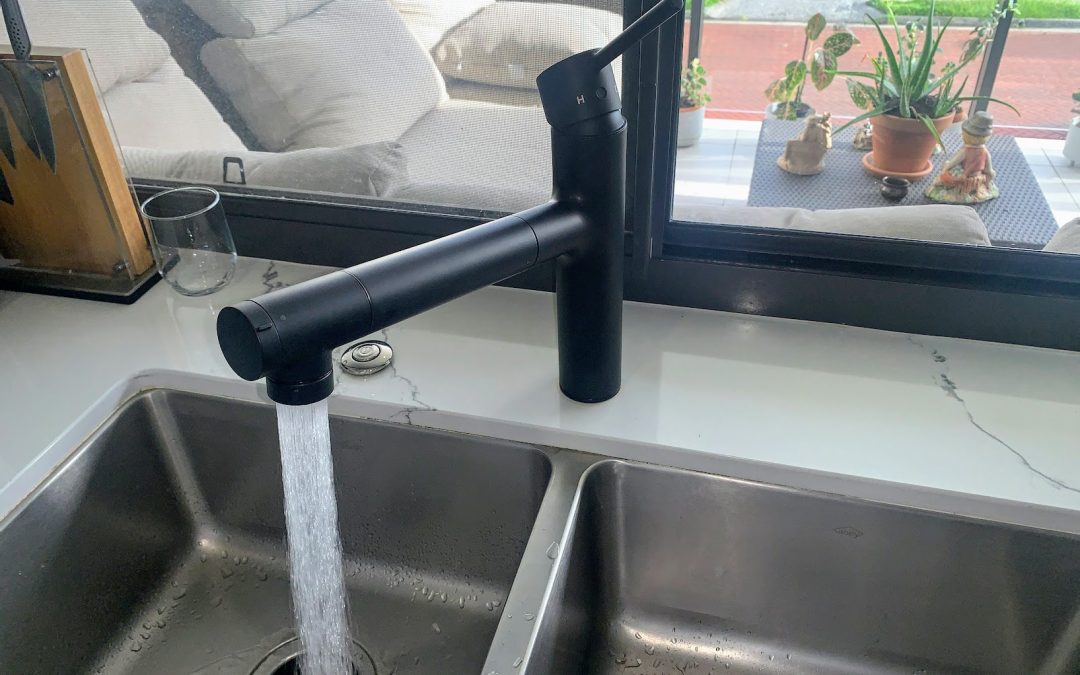
Superbugs in Home Plumbing: What Every Gold Coast Homeowner Needs to Know
by Gary Mays | May 18, 2025 | Health Issues
🦠Superbugs in Home Plumbing: A Hidden Health Risk in Gold Coast Homes
At Whywait Plumbing, your family’s health is at the heart of everything we do. You rely on clean, safe water every day—but did you know that superbugs in home plumbing are an emerging threat, even here on the Gold Coast?
This isn’t fear-mongering. It’s a wake-up call based on science and facts. Our mission is to protect your home and your health by bringing this urgent issue to light.
📊 What Are Superbugs and Why Are They in Your Plumbing?
Superbugs are bacteria that have adapted to resist antibiotics, making infections they cause harder to treat. Most people associate them with hospitals, but new Australian research shows they’re increasingly found in home plumbing systems.
A study from Flinders University and the University of South Australia on antimicrobial-resistant (AMR) pathogens in drinking water plumbing systems represents a significant yet underestimated public health threat revealed:
🦠73% of home plumbing and biofilm samples contained antimicrobial-resistant (AMR) bacteria—nearly twice the prevalence found in hospitals.
🦠45% had two or more types of dangerous bacteria, such as MRSA, Pseudomonas aeruginosa, and Acinetobacter baumannii—pathogens that can cause skin infections, pneumonia, and bloodstream infections.
These bacteria settle in biofilms—slimy layers that form inside pipes, taps, and showerheads—making your home plumbing an unseen risk reservoir.
🚰 Clarifying the Source: Your City of Gold Coast Water Supply Is Safe: The Risk Starts Inside Your Home
Before you start blaming the council water supply, let’s be absolutely clear:
The Gold Coast water supply is treated and disinfected to meet strict Australian health standards. However, once water enters your property, it flows through your private plumbing infrastructure, which the City of Gold Coast does not regulate or treat.
That’s where the risk begins.
🛑Bacteria can grow inside your pipes, not in the water supply itself.
🛑Home plumbing materials, temperature settings, stagnation, and lack of filtration allow biofilm and superbugs to thrive.
🛑The quality of your water changes inside your home, which is why proactive maintenance is essential.
This is not a City of Gold Coast water supply failure—it’s a household infrastructure issue that Whywait Plumbing is fully equipped to help you manage.
🧬 How Do Superbugs Thrive Inside Your Plumbing?
Several conditions inside the average home make it easy for superbugs to multiply unnoticed:
🧪 Biofilm Formation
Biofilm creates the perfect shielded environment for bacteria to multiply inside pipes and fixtures, safe from disinfectants and flowing water.
🛑 Water Stagnation
When water sits in pipes without being used (such as while you’re on holiday), bacteria have time to grow and spread through your system.
🔥 Lukewarm Water Temperatures
Hot water systems not set above 60°C may foster microbial growth, especially bacteria like Legionella.
💧 Low Chlorine Levels
Disinfectants like chlorine can degrade before water reaches your home, reducing protection and allowing bacteria to survive and colonise pipes.
🏠 Why Are Homes More at Risk Than Hospitals?
Hospitals are equipped with advanced water monitoring and frequent sanitation protocols.
But most Gold Coast homes and businesses rely solely on City of Gold Coast supplied water, which is not filtered or treated once it enters your home or the building.
This lack of oversight, coupled with infrequent deep cleaning and fluctuating water temperatures, creates an environment where superbugs can flourish silently in home plumbing.
⚠️ What Does This Mean for Your Family's Health? The potential risks are serious.
While healthy adults are less likely to get seriously ill, children, elderly individuals, and those with compromised immune systems are more vulnerable.
Infections from superbugs can lead to:
❌ Skin rashes or irritation
❌ Respiratory problems such as pneumonia
❌ Dangerous bloodstream infections
And because these bacteria resist treatment, recovery is often more difficult and costly.
✅ Six Essential Actions to Defend Against Superbugs in Home Plumbing
We want every Gold Coast resident to feel empowered, not overwhelmed. You can significantly reduce risk with some proactive habits and technology.
🚿 Keep Water Flowing
Run taps and showers regularly to flush out stagnant water and minimise bacterial build-up.
🧼 Clean Tap Aerators & Showerheads
Remove and clean these components with vinegar or disinfectant every few months to disrupt biofilm growth.
♨️ Maintain Proper Hot Water Settings
Set your water heater to at least 60°C—enough to kill harmful bacteria while staying mindful of scalding risks.
🛠️ Repair Leaks Promptly
Dripping taps and leaking pipes create damp, warm conditions where bacteria thrive. Fast repairs are key.
💧 Install a Water Filter Tap System
Consider the Taqua water filter tap system for advanced filtration at the source.
Professionally installed by Whywait Plumbing, Taqua taps provide real-time filtration, removing contaminants, improving taste, and adding a robust layer of safety.
🔄 Flush Your System After Plumbing Work
After any plumbing renovating or repairs, run your taps to clear out debris and potential bacteria.
👨🔧 When to Call in the Professionals
Have you noticed musty odours, discoloured water, or residue around your fixtures? These may be early warning signs of biofilm or bacterial buildup.
Our licensed experts at Whywait Plumbing offer thorough inspections, cleaning, and modern filtration solutions—helping you eliminate threats before they become problems.
🌏 Leading With Vision: Whywait Plumbing's Commitment to Safer Homes
We’re not just plumbers. We’re advocates for smarter, healthier living.
As superbugs become a rising concern in everyday environments, Whywait Plumbing is leading the way with proactive, science-backed solutions.
If you’re ready to protect your family, your home, and your peace of mind:
👉 Schedule an inspection or tap installation with us today
Because preventing superbugs in home plumbing isn’t just smart. It’s necessary. And together, we can stay one step ahead.















